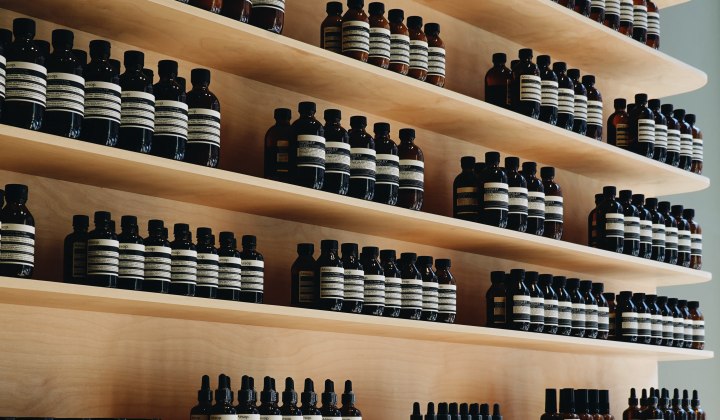Skin Care Products (2)

Previous Page
The most recent advance in mechanical exfoliation is the technique of microdermabrasion, which uses micro-fine crystals of aluminum chloride, corundum or sodium chloride to literally "sandblast" the dead cells from the skin with a vacuum or air-pulsing wand. It was first introduced in the US in the mid-90s and has been in use in Europe for many years. Some of the conditions that can be treated with microdermabrasion are:
• aging and sun-damage
• some types of acne scars and acne
• altered pigmentation
• stretch marks
• fine lines and wrinkles
The results include improved skin tone, refined pores, a healthy glow to the skin, even skin color, fewer acne breakouts, renewed elasticity and a diminished appearance of scars and stretch marks. True microdermabrasion requires extensive training and in some areas can only be performed by medical professionals. Although, some cosmetics companies have developed and marketed a much milder process of microdermabrasion that can be purchased and used in the home.
Chemical exfoliants that use alphahydroxy acids (which are derived from mostly fruit plants) are generally stronger. While versions of both enzymatic and alphahydroxy exfoliants are available for home use, to receive an alphahydroxy peel in a salon or dermatologist's office, you may be required to use a mild gel-formula containing 5-10% alphahydroxy so that your skin becomes accustomed to the chemical and is less likely to react with sensitivity.
Treatment Creams are designed for use and wear overnight when tissue repair normally takes place. Many of these products contain more emollient ingredients and are designed for very dry or aging skin, while others have a lighter emollient content and are meant for normal to combination skin types.
Moisturizers do as their name implies, add moisture to the skin. They are water-based to absorb quickly without leaving a residue. They are ideally used as a day cream or base application prior to make-up application. Some companies have now produced tinted moisturizers which allow those women who prefer lighter make-up coverage to get the benefits of foundation without the heavy feel. It is important that you use a moisturizer with sunscreen, particularly if you are going to be exposed to sunlight for any length of time as the UVA rays in sunlight cause aging of the skin.
Intensive Care Products include preparations such as masks, packs and ampules. Masks and packs are both preparations that are applied to the face to treat certain conditions, nourish and beautify the skin. They are generally applied to the skin of the face and allowed to "set" or be absorbed into the skin (usually for 10-15 minutes).
A mask is generally a setting product which dries in a short period of time. Masks can be made using many types of ingredients, including clay (good for oily skin), paraffin (used with treatment creams to allow deeper penetration of the cream), modelage plasters (which heat up during the drying process, opening pores and allowing deeper penetration of treatment ingredients), and sulfur (also good for oily skin). There are many different types of prepared masks available for use at home, and many salons offer a variety of mask types for varying skin problems, but you can easily make your own nourishing masks using ingredients like milk, yogurt, oatmeal, honey and fruits which will work wonderfully.
Packs are very similar to treatment creams, but are designed with higher concentrations of beneficial ingredients. They are applied to the skin and allowed to absorb into the skin for about 10 minutes before they are removed.
Ampules typically small vials or bulbs containing highly concentrated extracts in an oil or water base. Usually, after the skin is cleansed and exfoliated, an ampule will be applied prior to application of a night cream. Some formulas are designed for monthly use to treat certain conditions or provide intense nourishing to the skin.
©greatestlook.com